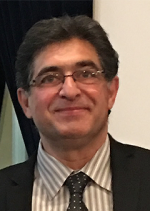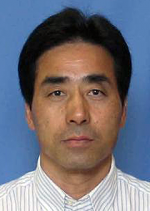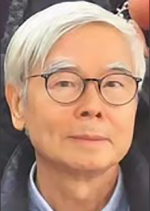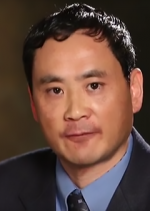Nanostructured materials in the form of nano-particles, nano-rods, nano-tubes, nano-foams, nano-pillars, nano-layers, nano-flakes, nano-coatings, and nano-devices have dominated the research arena in the past two decades. It has increased awareness of materials in the community and been a topic of much interest even amongst chemists, physicists, and other scientists and engineers, because of the potential applications that can be exploited due to the possibility of attaining unusual properties, as well as the new science that can be understood in terms of material behavior due to nano-scale structures.
Current research in MSE involves studies of nanostructured materials for medical applications such as imaging/diagnosing/ treating disease and bio-barrier coatings that prevent attack of implants; energy harvesting and storage applications including batteries, fuel cells, and supercapacitors; electronic/optoelectronic and photonic devices based on organic/inorganic metamaterials, quantum dots, and liquid crystals; as well as characterizing, determining, and computing the unique biological, chemical, mechanical, and physical properties of various forms of nanostructured materials.
The faculty listed below, have identified Nanostructures as one of their primary research areas based on material form.






































